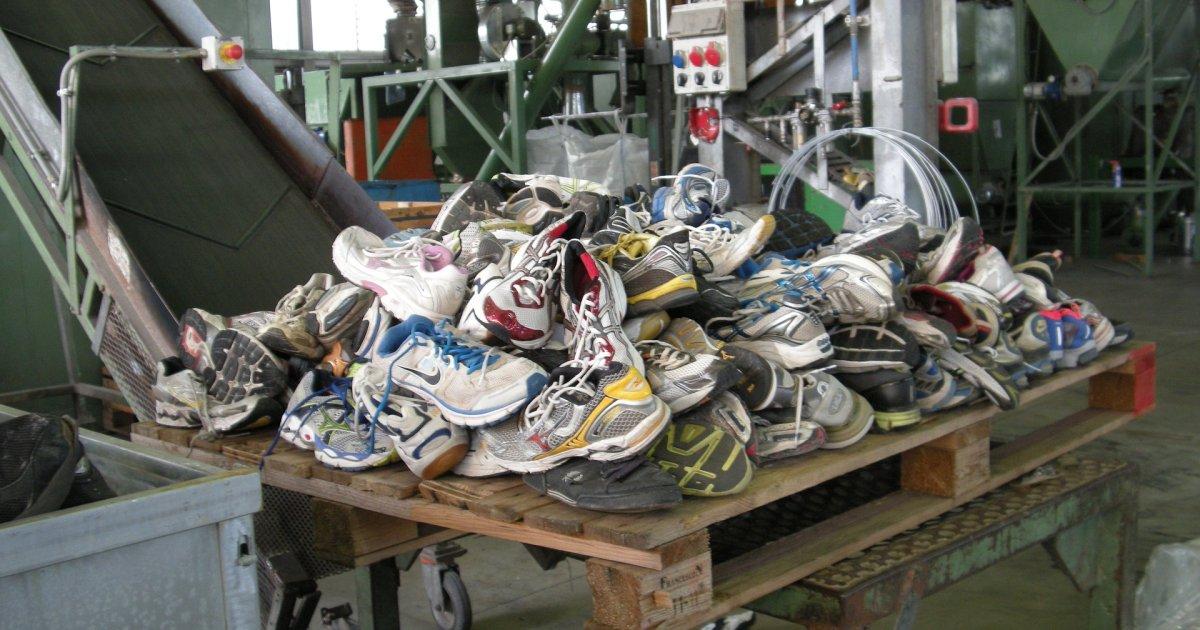Textile Recycling Market by Type: Natural vs. Synthetic Fibers

Introduction
Textile recycling plays a critical role in reducing environmental impact and promoting sustainability. The market is broadly categorized into two major types: natural and synthetic fibers. Each type presents unique challenges and opportunities in the recycling process. Understanding the differences between these fiber types is essential for developing effective recycling strategies.
Natural Fiber Recycling
-
Characteristics of Natural Fibers Natural fibers such as cotton, wool, silk, and linen are biodegradable and derived from plant or animal sources. These fibers are widely used in clothing, home textiles, and industrial applications.
-
Recycling Process
-
Mechanical recycling is the most common method for natural fibers, involving shredding fabrics into fibers that can be spun into new yarns.
-
Chemical processes, such as cellulose regeneration, can also be used to break down fibers for reuse.
-
-
Challenges in Natural Fiber Recycling
-
Shorter fiber lengths after recycling result in weaker yarns.
-
Contamination from dyes and blended fabrics can reduce the efficiency of the recycling process.
-
Water and energy-intensive recycling processes may offset some environmental benefits.
-
-
Opportunities for Growth
-
Increased demand for organic and recycled cotton in sustainable fashion.
-
Advancements in textile sorting technology improve recycling efficiency.
-
Consumer preference for biodegradable materials supports market expansion.
-
Synthetic Fiber Recycling
-
Characteristics of Synthetic Fibers Synthetic fibers, including polyester, nylon, and acrylic, are petroleum-based and non-biodegradable. These materials are widely used due to their durability, affordability, and versatility.
-
Recycling Process
-
Mechanical recycling involves melting and re-extruding synthetic fibers into new yarns.
-
Chemical recycling breaks down polymers into their basic monomers, allowing for higher-quality recycled materials.
-
-
Challenges in Synthetic Fiber Recycling
-
High energy consumption in recycling processes.
-
Presence of mixed materials and blended fabrics complicates separation and recovery.
-
Limited infrastructure and investment in synthetic fiber recycling facilities.
-
-
Opportunities for Growth
-
Technological advancements in chemical recycling enhance material recovery.
-
Increasing regulations against plastic waste drive demand for recycled synthetic textiles.
-
Collaboration between brands and recycling firms fosters sustainable innovation.
-
Comparison: Natural vs. Synthetic Fiber Recycling
| Aspect | Natural Fibers | Synthetic Fibers |
|---|---|---|
| Biodegradability | Yes | No |
| Recycling Complexity | Moderate | High |
| Common Methods | Mechanical, Chemical | Mechanical, Chemical |
| Energy Requirements | Lower | Higher |
| Market Demand for Recycled Products | High | Growing |
| Environmental Impact | Lower carbon footprint | Plastic waste concerns |
Conclusion
The textile recycling market for both natural and synthetic fibers presents unique challenges and opportunities. While natural fibers are more biodegradable and widely accepted, synthetic fibers require more energy-intensive recycling methods but offer long-term sustainability benefits through innovation. As technology advances and regulations strengthen, the recycling industry will continue to evolve, promoting a more sustainable and circular textile economy.
- Art
- Causes
- Crafts
- Dance
- Drinks
- Film
- Fitness
- Food
- Games
- Gardening
- Health
- Home
- Literature
- Music
- Networking
- Other
- Party
- Religion
- Shopping
- Sports
- Theater
- Wellness


